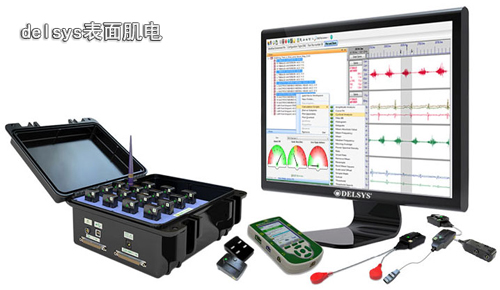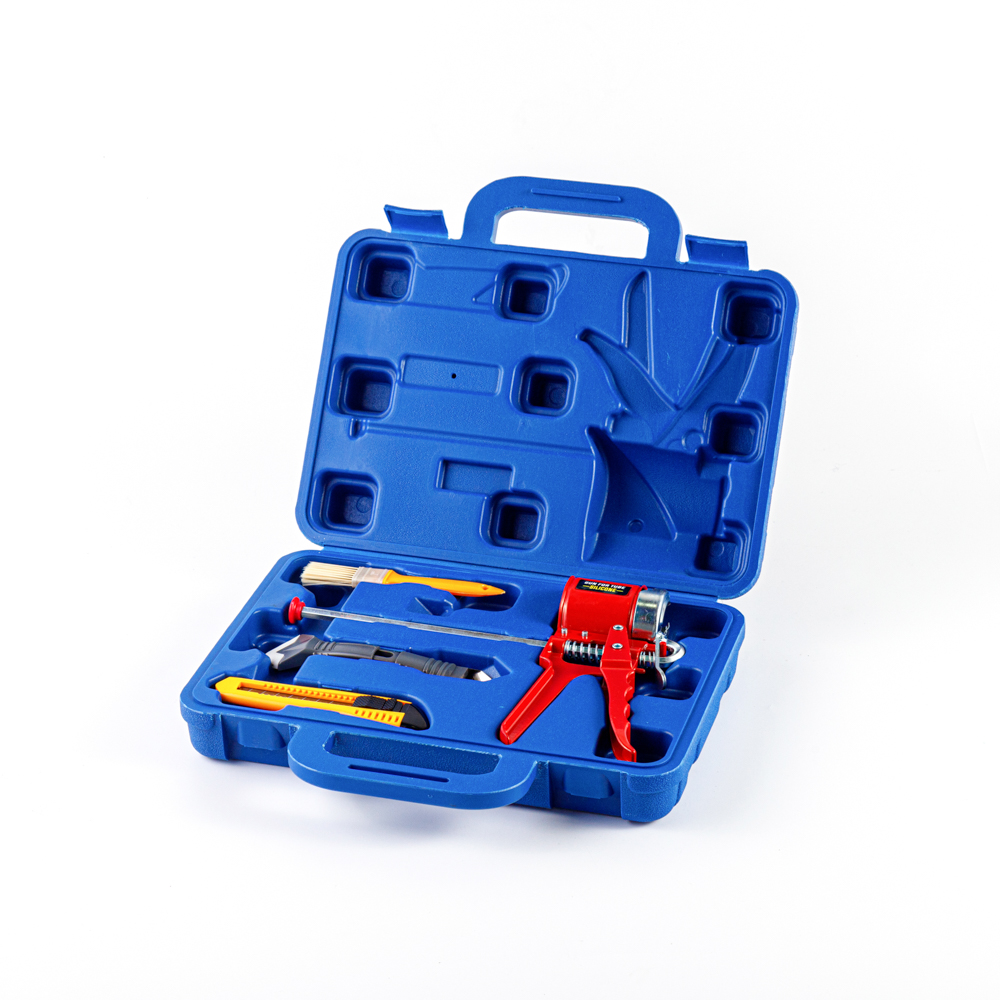
Myoelectric control of upper limb prosthesis brings "gospel" to amputated patients
Whatever the cause of amputation patients. The missing limbs will make him feel incomplete in life, and the body and mind will also have some trauma. Therefore, the advent of myoelectric prostheses is undoubtedly a hope for their lives, it can also be said to bring "gospel" to amputated patients. The American delsys surface electromyography system has been successfully applied in the field of myoelectric prosthesis. So what are the advantages of myoelectric prosthesis in controlling upper limbs? What are the working principles and control methods? Xiaobian has made relevant introductions through this article. At the same time, it also made relevant answers to the training of myoelectric prosthesis.
Myoelectric control of the upper limb prosthesis is a corresponding electromyographic signal produced by the amputee according to the individual's will, through the brain's nerve center, to the mutual antagonism of the muscles that can produce mutual antagonism. The micro-motor drives the transmission to move, thereby realizing the prosthesis for compensating the joint movement function of the limb.

American delsys surface electromyography test system
First, the advantages of myoelectric control of upper limb prosthesis
Control free
The electronic control system of the human body's neuromuscular and prosthetic limbs is connected through sensors on the surface of the skin to become a compact human body system. Forearm amputation patients control the opening of the hand and the external rotation of the wrist by the palm extensor muscle group, and the palmar flexor muscles control the closed hand,
Wrist joint internal rotation; upper arm amputation patients control closed hand, wrist internal rotation, elbow joint flexion through biceps, triceps control open hand, wrist external rotation, elbow joint extension.
2. Control lightness
The prosthetic limb is controlled by receiving an amplified electromechanical signal through the sensor on the surface of the skin, and the muscle contraction of the residual limb does not cause limb movement, and the control is very easy.
3. Comfortable to wear
The prosthesis is connected to the patient's residual limb through the prosthetic receiving cavity, and there is no tenderness. The human joint structure realizes the prosthesis to receive the suspension of the cavity, and the patient is convenient to wear.
4. Powerful
Regardless of the forearm or upper arm amputation, only a pair of EMG signals can control the movement of the hand, wrist, and elbow joints, and the electromyography signal can also control the speed and strength of the prosthesis.
5. Better appearance
The prosthetic receiving cavity can be made according to the size of the healthy side, so that the left and right dimensions and appearance are the same, and the simulated hand skin ensures the skin color is consistent. Due to the above advantages, myoelectric control of upper limb prosthesis has become the first prosthesis of upper limb amputation patients worldwide.
At present, myoelectric control of the upper limb prosthesis must be generated by a pair of antagonistic muscles to generate EMG signals through two sensors to control one or more joints, namely the forearm's palmar extensor muscles and the palmar flexor muscles, and the upper arm's two heads Muscles and triceps, sensors are also called electrodes. However, due to various factors in the process of amputation and rehabilitation, such as amputation or burn caused by strain, electric shock caused severe skin scars, the antagonists can not produce corresponding EMG signals, or muscles due to severe scars. The electrical signal can not be detected by the myoelectric prosthesis, so that the two-electrode myoelectric prosthesis can not be controlled, so that the patient can not install the myoelectric control upper limb prosthesis, and the rehabilitation of the upper arm amputation patient is limited. Single-electrode myoelectric control of the upper limb prosthesis is designed for this part of the patient, that is, a sensor controls one or more joints of the myoelectric upper limb prosthesis, which is suitable for patients with forearm and upper arm amputation.
Second, single-electrode electromyography control the working principle of upper limb prosthesis

Third, single-electrode electromyography control of upper limb prosthesis
The myoelectric signal generated by the patient's residual limb muscles is level-matched after being processed by the sensor preamplifier and anti-interference technology. The circuit that triggers the non-level is triggered separately, and then the circuit and the drive circuit are judged by the signal logic. Thereby the joint components of the prosthesis are driven to work. The working effect of the joint components is given to the brain's nerve center through human visual feedback, forming a complete closed-loop control system.
In the signal logic judgment circuit, the muscles are relaxed, and the force is quickly applied, and the force is quickly set to "00", "01", "10", and "11". Use "01", "10" to control the opposite movement of each joint, and "11" to control the working of the prosthesis between the hand, wrist and elbow joint, so as to achieve a single electrode control prosthesis complete working process.
4. Electromyography training for patients with single-electrode electromyography
The circuit of the single-electrode myoelectric prosthesis is a single-channel bi-level trigger, and the two-electrode myoelectric prosthesis is a two-way single-level trigger, so the patient is instructed to train the myoelectric signal differently from the original training method. After the two-way single level is triggered, as long as the myoelectric signal is greater than the triggered level, and the degree of the myoelectric signal is not large, the patient controls the single-electrode myoelectric prosthesis after the trigger level, that is, the required muscle. The electrical control is similar, but when the preamp is triggered, the EMG signal is controlled between the pre-trigger level and the post-trigger level, that is, the patient is required to control the EMG signal amplitude within a relatively narrow range, so the single electrode The myoelectric prosthesis requires a relatively high flexibility for the patient's myoelectric signal. When training patients' EMG signals, the flexibility of training EMG should be the main one.
No product in the world is perfect, but we have been working on the development and improvement of myopic upper limb prosthesis. I hope that patients can compensate for his imperfect life by installing myoelectric control of upper limb prosthesis, regardless of body or mind.
Get the job done quickly and efficiently with the concentric Precision Sealant Caulking Gun. It is well suited for repairs and home-improvement projects.

This non-drip caulking gun has a place to safely cut the spout to the desired size. It is effective for sealing windows, cracks, and more to create a barrier from the elements. This caulking gun is easy to use for both indoor and outdoor applications.
Cartridge Caulk Gun,Cartridge Sealant Gun,Dual Cartridge Caulking Gun,Glue Cartridge Gun
jiangsu concentric internatinal ltd , https://www.jsconcentriccorps.com